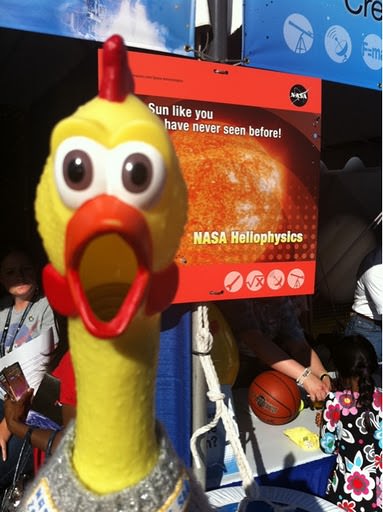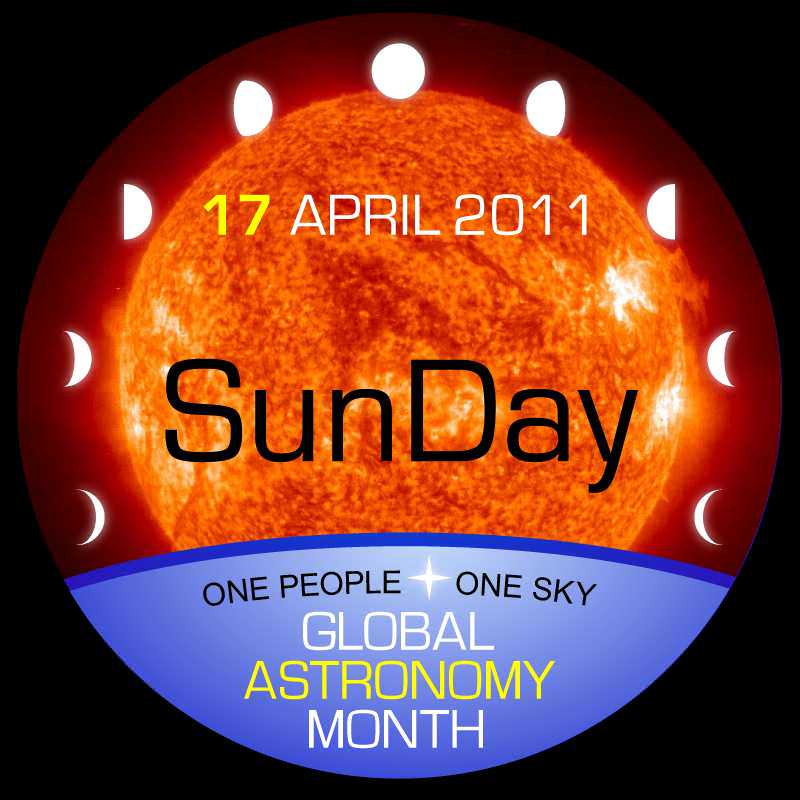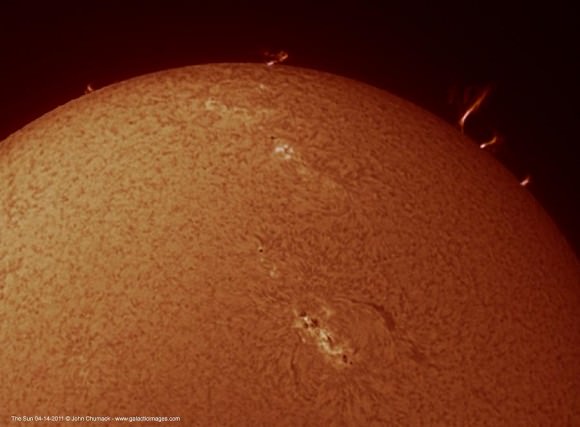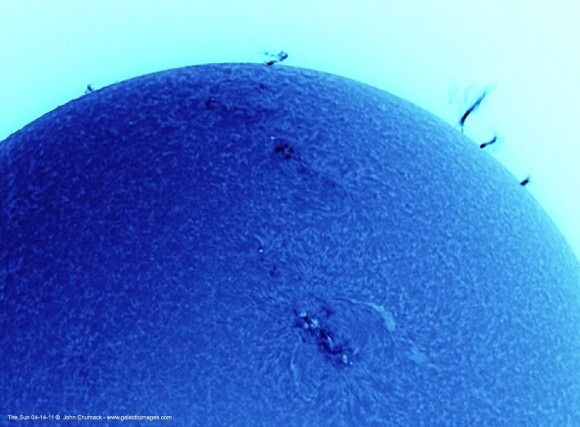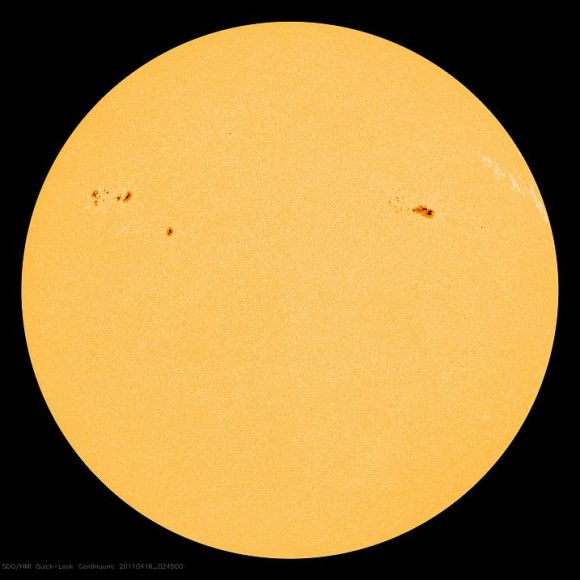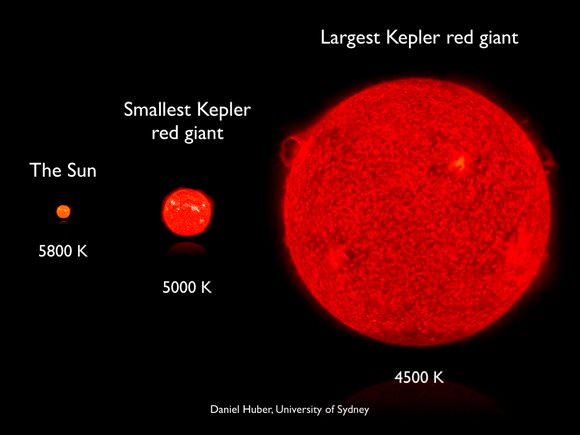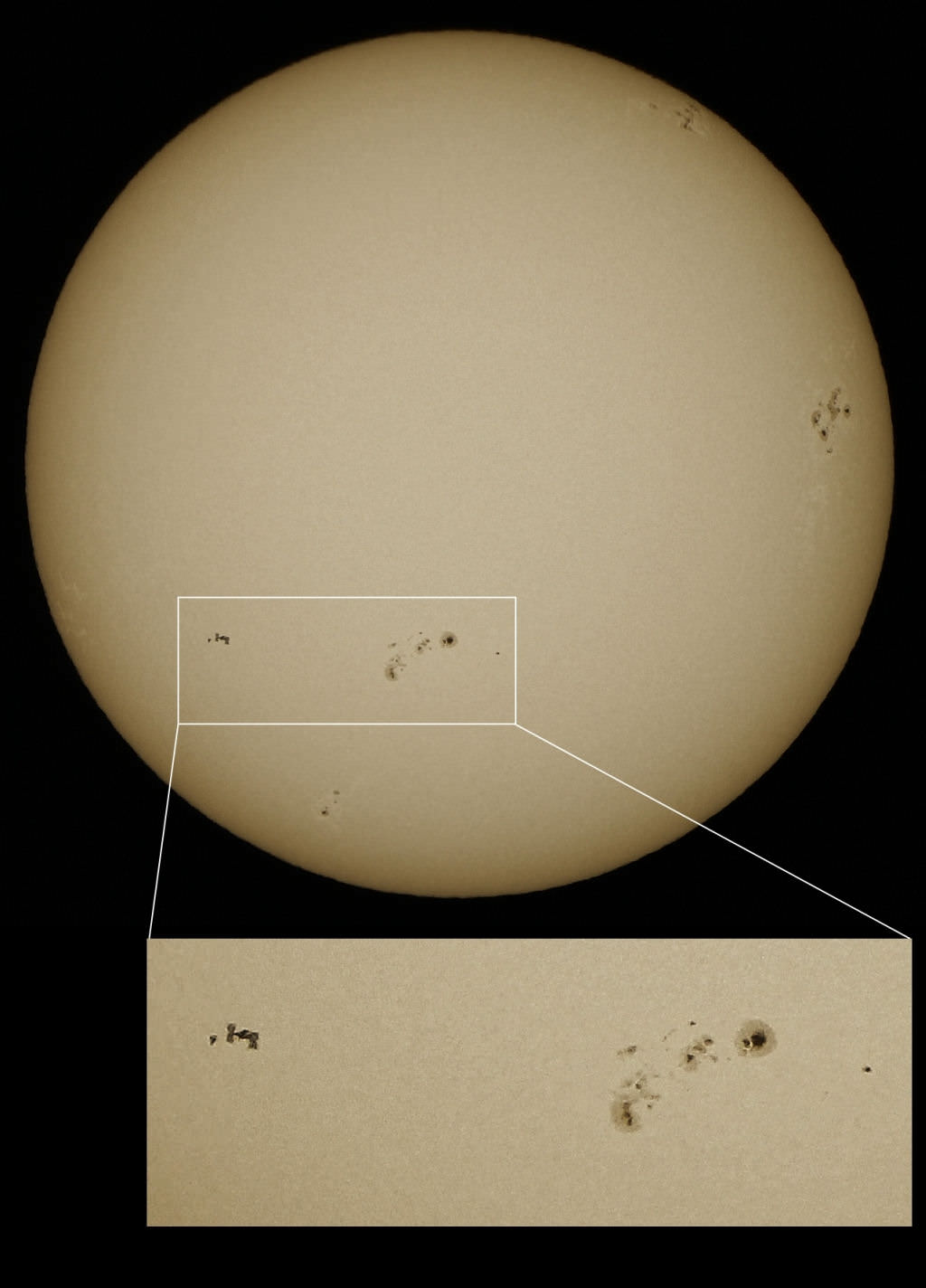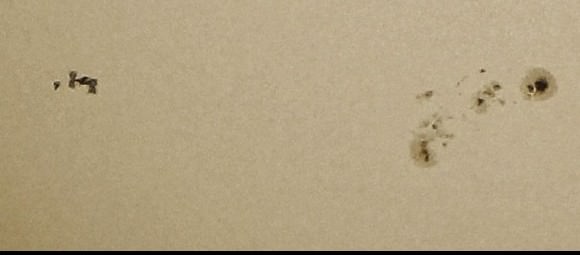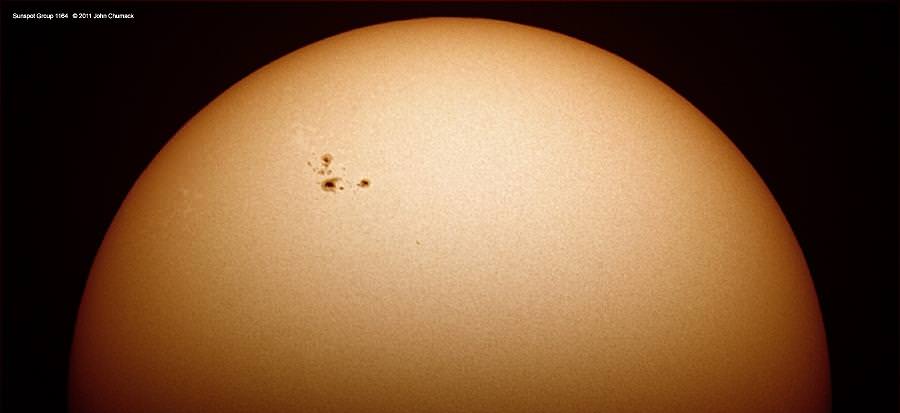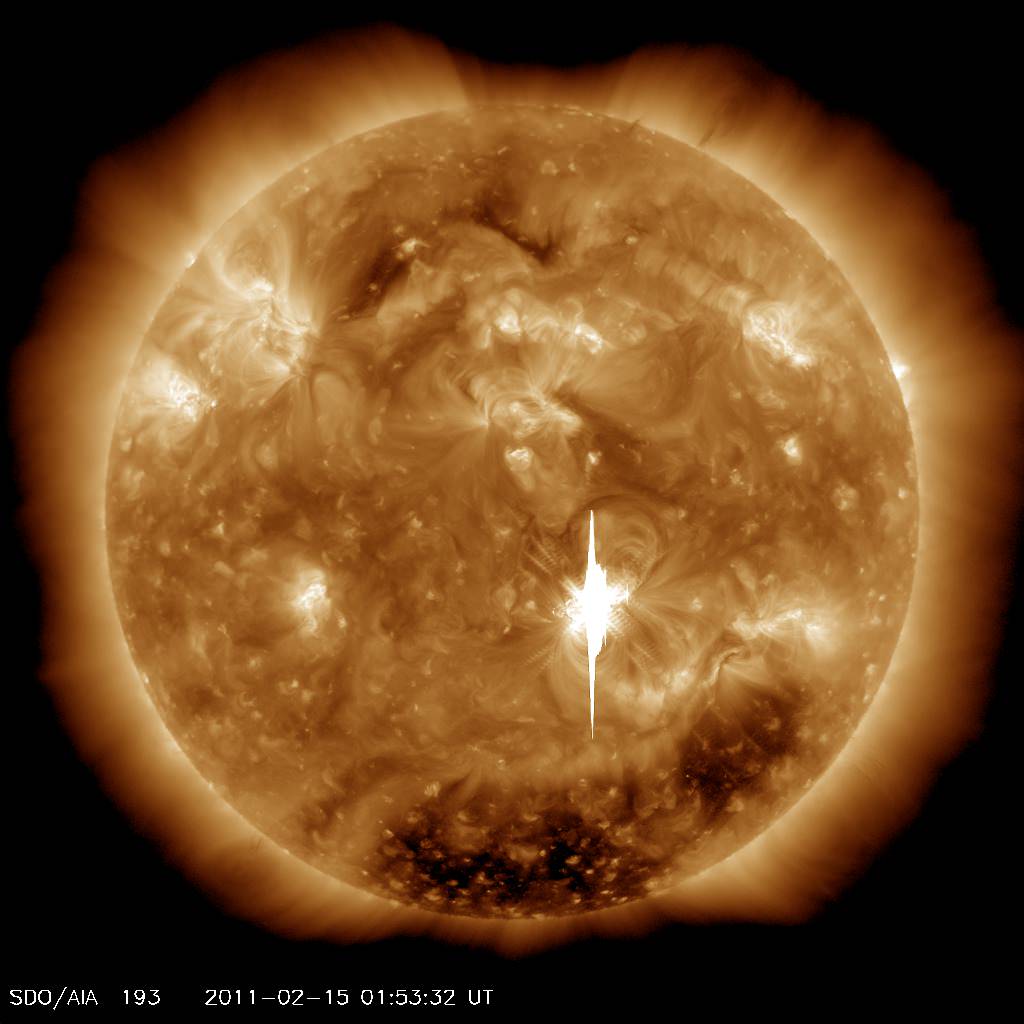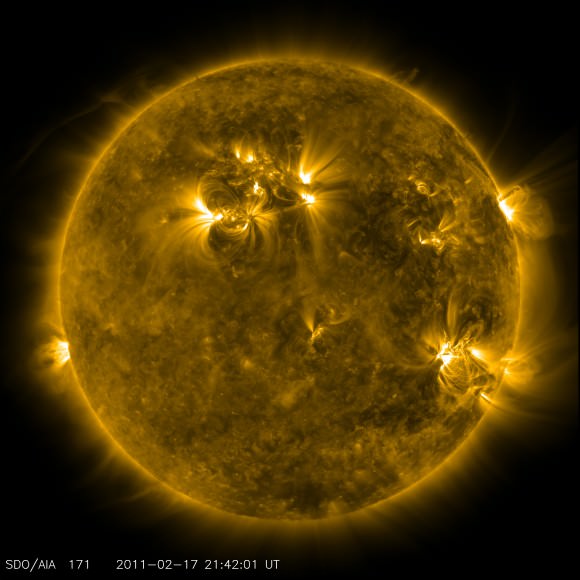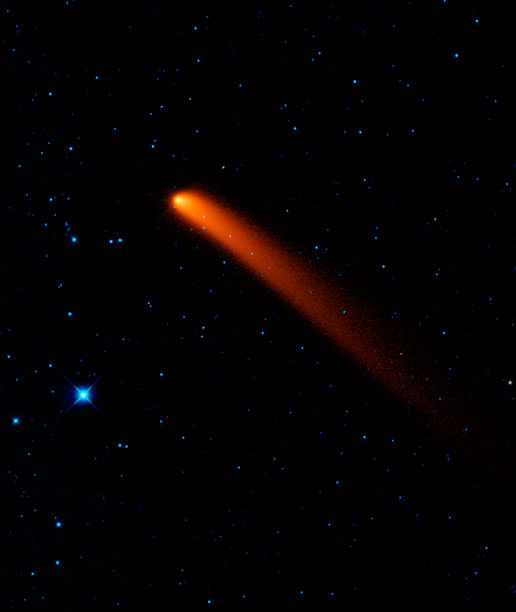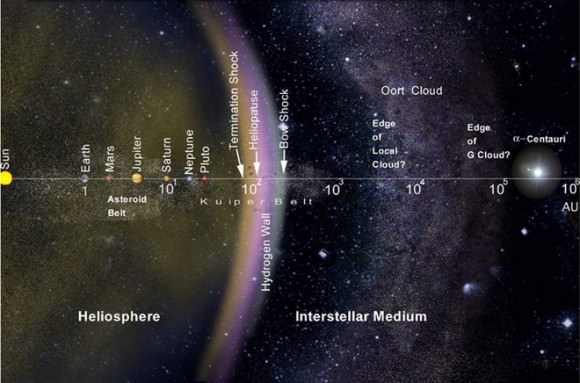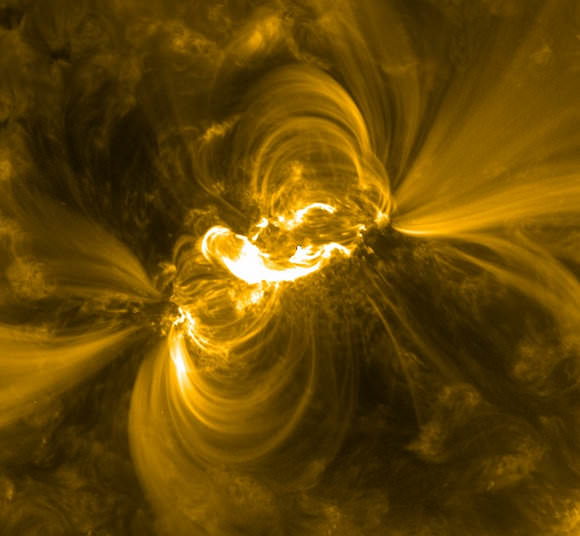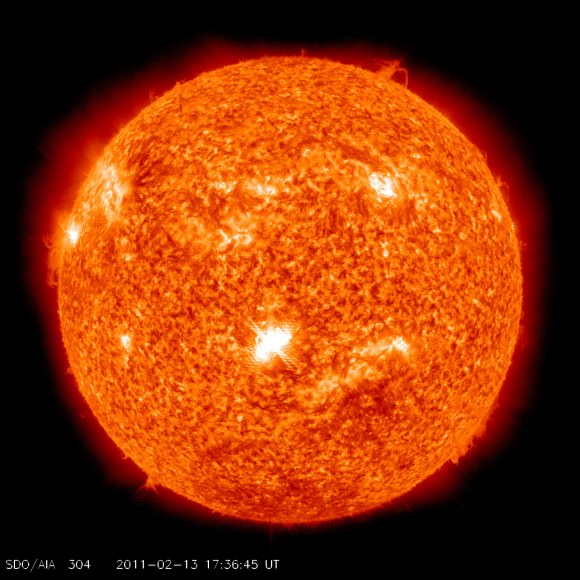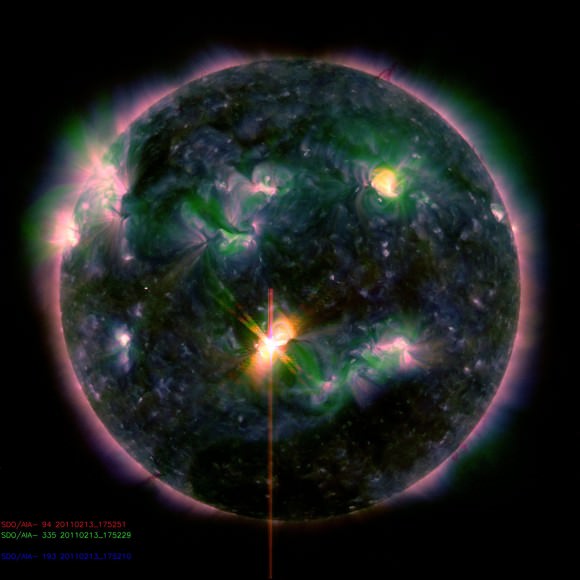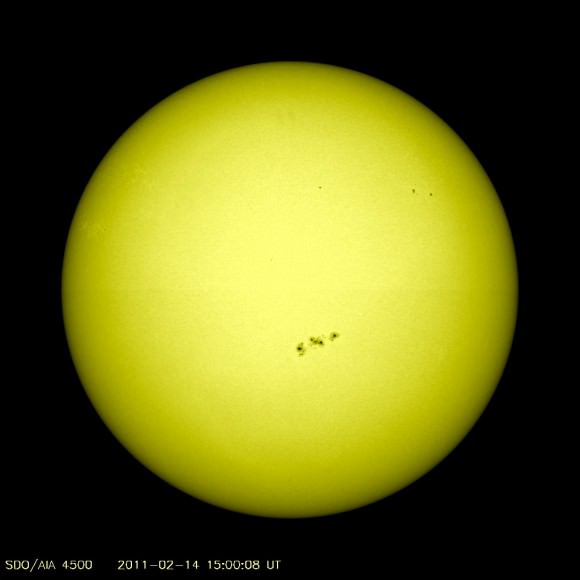[/caption]
Here’s a headline you don’t see too often: “Rubber Chicken Turned NASA Mission Mascot Embarks on a Flight to Space.” Seriously, this is a true story. If you’ve not heard of Camilla Corona, or Camilla SDO as she is sometimes called, you probably haven’t been paying attention to one of the most exciting current space missions, the Solar Dynamics Observatory. Camilla is virtually everywhere in the world of social media, and she travels around the country – and the planet – spreading the word about what’s going on with our Sun and how SDO is helping us learn more about it. As mission mascot, she is leading the way – and setting the bar pretty high for other NASA missions to follow – about how to get the public interested in space and science.
“People ask, ‘what does a rubber chicken have to do with a science mission?’ but as long as we get people’s attention, we can then divert it to what SDO does,” said Romeo Durscher, Camilla’s PR assistant and ‘bodyguard.’ “However, we didn’t know it would go this far when we started this.”
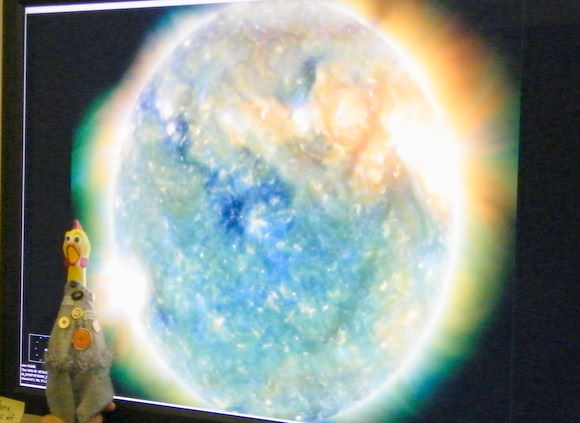
The story of Camilla goes back to the early days of SDO at Goddard Space Flight Center, when mission scientist Barbara Thompson introduced Camilla as something funny for the science team.
“Barbara was very persistent – she brought little Camillas and rubber chickens to all the science meetings to lighten up the room,” Durscher said.” The question always is, ‘why Camilla?’ and the official answer is because she is the same color as the sun. Over the years, Camilla has just become more and more integrated into the education and public outreach side of the mission.”
“Camilla started as an inter-office joke and soon became the mascot for the science side of the mission,” said Aleya Van Doren, the formal education lead for SDO. “It is not uncommon for someone who has been working on SDO for awhile to receive a rubber chicken as sort of a ‘you’ve earned your keep’ award. She’s a great moral booster for the science team, as well as being a wonderful ‘hook’ to get the public interested in the mission.”
Van Doren said the fun part is bringing Camila to public events or classrooms. “She is a great conversation starter with kids, especially with elementary children. Our main focus is getting the science out to the public, so whatever means we can use to draw in people’s interest and see the amazing things that SDO is doing, we consider it worthwhile.”
I’ve personally seen children — as well as adults — literally melt when meeting Camilla and get very excited about interacting with her.
As far as the public side of things, Van Doren said they are pleasantly surprised at the amount of attention her social media channels on Twitter and Facebook have been bringing to the mission.
“Romeo does a great job bringing her around to various places. Her schedule is quite full for a chicken. I would be really tired if I was that busy,” Van Doren said.
Which begs the question: just how many Camillas are there?
“That is a guarded secret,” Van Doren said, “but there is really only one official Camilla. We are very careful to make sure she is only in one place at a time. But sometimes airfare gets expensive, so she’ll have a body double in one place. Jet-setting around the country can sometimes be difficult.”
Durscher is the keeper of what is now the official Camilla, but confirmed that she does indeed have some body doubles. At first, it was easy to have Camilla be in several places at once. That was before she started wearing clothes.

“Our rubber chicken had the SDO mission pin on her left side, and that was Camilla,” Durscher said. “We had one at Goddard, one at Stanford University, and another at our education office, so there were several Camillas, and we had the story that she was travelling here and there, but now it gets a little more complicated.”
Cynthia Butcher, a fan of Camilla, knits specially made outfits for a rubber chicken, including a spacesuit, a Star Trek uniform, an “I Dream of Jeannie” outfit, and many more.
“Cynthia is a wonderful person, one of the first followers of Camilla on Twitter and Facebook,” Durscher said. “She really enjoyed what Camilla was doing, and said that Camilla should have a flight suit and that she would make her one. When we got the outfits, we were thrilled. But now we have to have a storyline for why we sometimes we might see Camilla without any clothes on – maybe the suit will be in the dry cleaning, or something.”

Camilla has met astronauts, trained at Johnson Space Center, attended World Space Week in Nigeria and a science fair in Malaysia, been on hand at many NASA Tweet-ups and launches, and even given a speech at the Smithsonain Ignite event at the Smithsonian Museum – well, actually Durscher ended up speaking for her, as Camilla lost her voice shouting at all the animals in the Washington DC Zoo the day before.
But Camilla’s main goal is to educate, inspire (especially to inspire girls to go into science and engineering) to build community and have fun — as well as bringing the beautiful, stunning and wonderful images and data from SDO into the classroom.
“We have lots of things teachers can use to educate their students about the Sun — hands-on experiments, beautiful images — and students can have the opportunity interact with mission scientists,” Durscher said.

But now Camilla embarks on what might be her greatest adventure ever. She is actually going to space. Camilla will be going to the edge of space in a weather balloon with a camera for the Camilla Space Weather Project.
“We are using that launch as the hook for new program we are doing to get the public interested in space weather forecasts,” said Van Doren.
Space weather refers to conditions on the Sun and in the solar wind that impact Earth’s atmosphere and can influence space and ground based technology and even human health.
“We have a page of a series of questions that people can go through to make a prediction of whether a space weather event is going to take place – such as the bright flares SDO has observed recently, and if those events will affect Earth, such as auroras being visible, or if it could cause any problems with satellites or related technology,” said Van Doren.
Launch is currently scheduled for this weekend, May 8 from the University of Houston central campus. Launch preparations begin at 10 AM, and will be webcast on UStream.
“We want to make sure that when Camilla launches it will be safe, so we’ve been having people make a space weather forecast and see whether or not it will be good conditions for launching to the upper atmosphere. Of course we don’t want Camilla to be bombarded with radiation, so classrooms have been making recommendations if this will be a good time to go or not,” Van Doren said.
Durscher said that as of Friday, the mission was go.

Camilla is not going to space alone. She’s traveling with Fuzz Aldrin from “Bears on Patrol” which provides US police officers with free teddy bears to use in cases involving small children, as well as a stuffed pig, Skye Bleu, the STEM (science technology engineering and math) outreach mascot for the American Institute of Aeronautics and Astronnautics (AIAA) and a patch to represent Smokey Bear.
“Our goal is to inspire the next generation of engineers, scientists and explorers,” Durscher said, “and we’ll make sure that Camilla and her crew will come back alive.”
Let’s hope so. Camilla has lots more work to do spreading the word about NASA, space and science.


